Coinciding with their centenary in the early 70s, Konica fused two of their camera lines together. Since 1968 they had made a compact rangefinder camera called the C35. They had also made a series of fast fixed lens rangefinders in the ‘Auto S’ series. Now they produced a camera with the body of the C35 and the lens of the Auto S cameras. This was known as the C35 FD in Japan and the Konica Auto S3 elsewhere. The Auto S3 was finished in black anodised aluminium, while the C35 FD had a plain anodised finish.
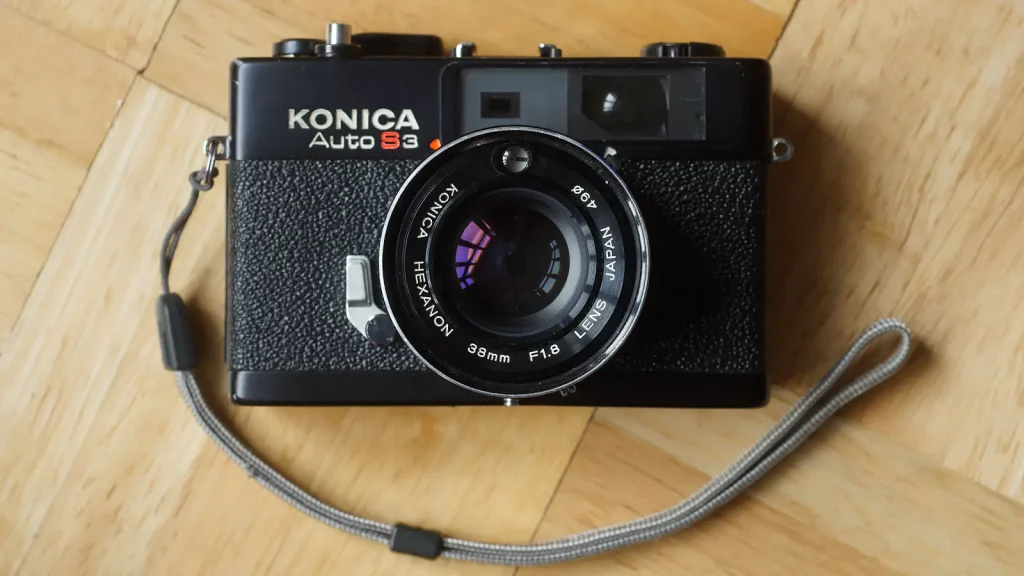
Lens
The Konica Auto S3 sports a 38mm f/1.8 lens with 6 elements in 4 groups. Wider than the lenses on previous ‘Auto S’ cameras (45-47 mm). Faster, by more than a stop, than the 38mm found on the standard C35 cameras.
It is a handy little lens. It seems to have had lots of plaudits and attracts a lot of very favourable comparisons. The downside of the superb lens is its extra depth. It is still jacket-pocketable, but is bulkier than its smaller (elder) brother.
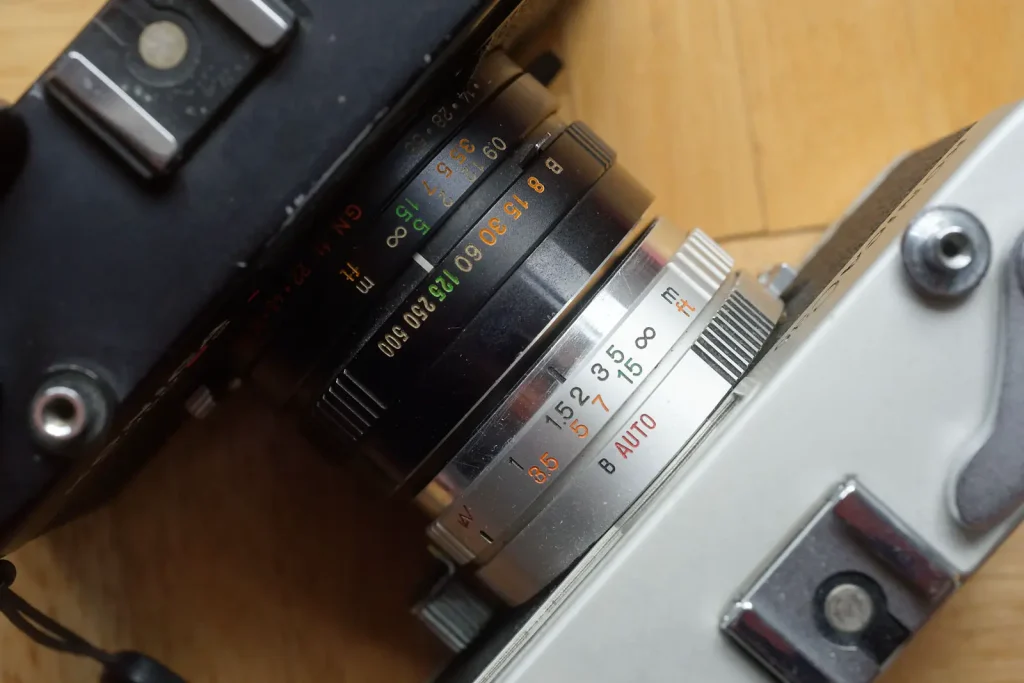
Exposure
The Konica Auto S3 gives a little more control over exposure than the C35. It sets an aperture that will work with a shutter speed set on the ring around the lens. Shutter speeds vary between 1/500 and 1/8 (plus B). An exposure lock operates on a half-press of the shutter release.
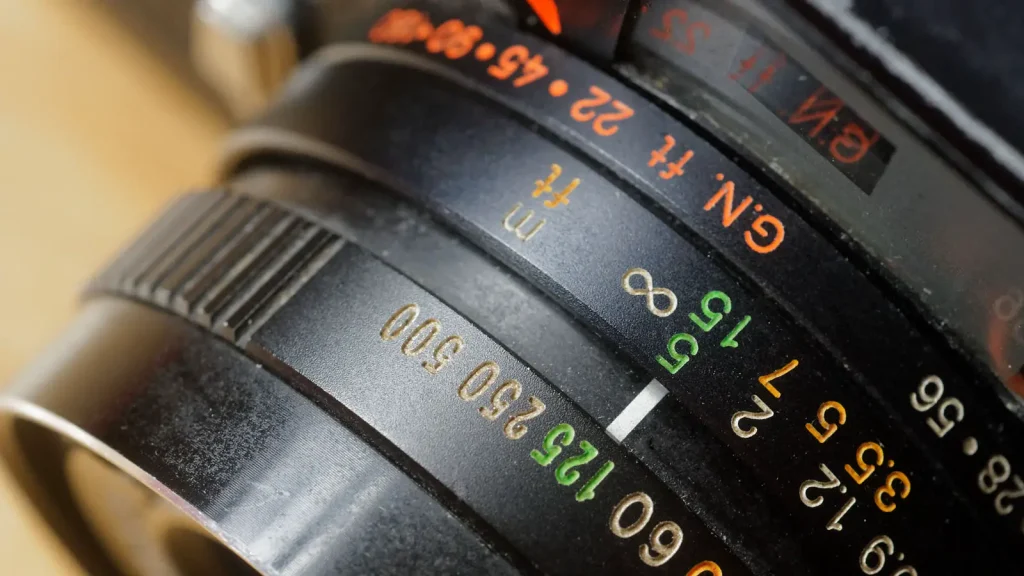
The Konica Auto S3 provides film speeds between 24 and 800 are set by a little tab at the bottom of the shutter speed ring. This positions a mask over the CdS sensor to shade it. As you select slower shutter speeds the mask opens up to let more light in. All very mechanical and reasonably fool-proof.
Battery
The Konica Auto S3 takes a 1.35v mercury battery, but a 1.45v zinc-air battery works as a reasonable substitute. Without a battery the mechanical shutter speeds still operate as normal, but the lens will be wide open, as there are no manual apertures.
Operation
Everything is where you would expect and operates in the way you would expect. The CdS cell is inside the filter ring. The self-timer operates by pulling down to the side. Lifting the rewind crank pops the film door.
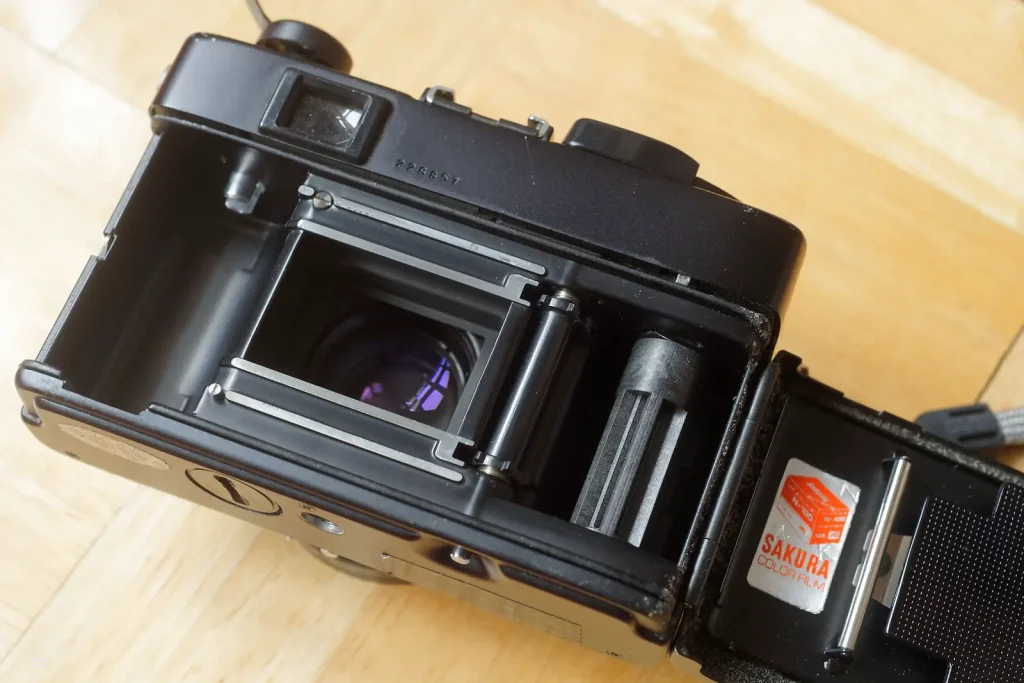
Focus is set on the Konica Auto S3 using a nice large tab that moves between the 3 and 4 o’clock positions. Closest focus is 90 cm.
Film wind-on is via a little one-stroke lever with a plastic tip on the top-plate. The shutter release is just in front of the wind on lever, offset slightly to the left. The only other features on the top plate are the film counter window, a hot shoe (with a cam that detects if a flash is in place) and a fold-out rewind crank.
Automating flash
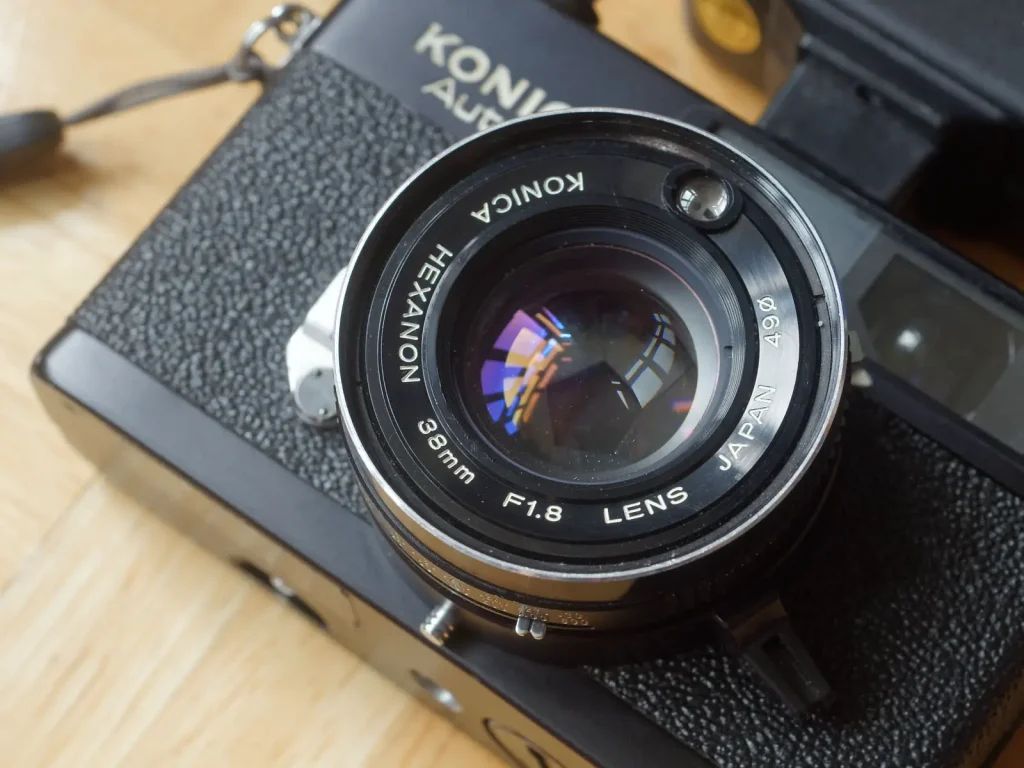
One extra trick up the sleeve of the Konica Auto S3 is its direct flash capabilities. The camera is able to detect a flash in the hot-shoe and sets the aperture to suit the focus distance for the appropriate guide number. The shutter can synch at any speed and the camera displays a flag in the viewfinder showing what aperture it is going to use. Adjusting the shutter speed to bring the meter needle in the viewfinder in line with the flag, gets you the correct shutter-speed and aperture combination for fill flash at that particular distance.
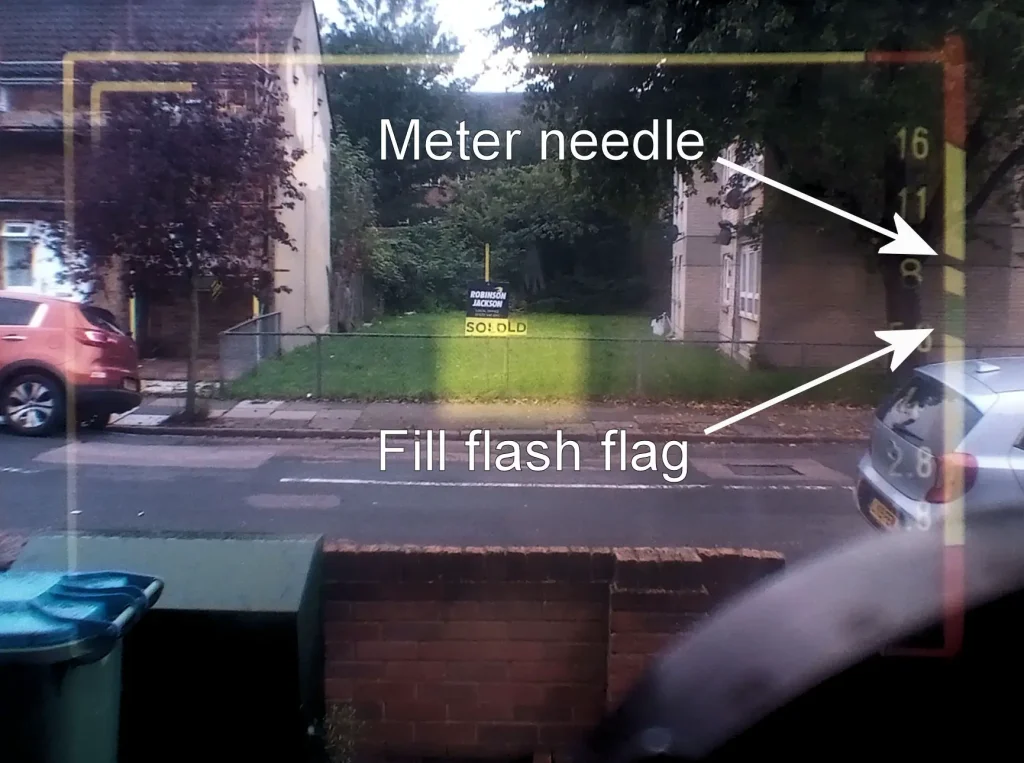
Good points
- Light-touch shutter release requiring very little pressure
- Exposure lock on initial press of the shutter release
- Compact body
- Largely mechanical
- Excellent lens
Downsides?
- There is no off switch for the meter. The only way of preserving batteries is to cover the lens.
- There is no shutter lock. You either have to store it without the film wound on for the next exposure, or be careful that the light touch shutter release doesn’t get pressed accidentally in a pocket or camera bag.
- The plastic cover for the battery compartment is quite soft and tends to get marked-up with use.
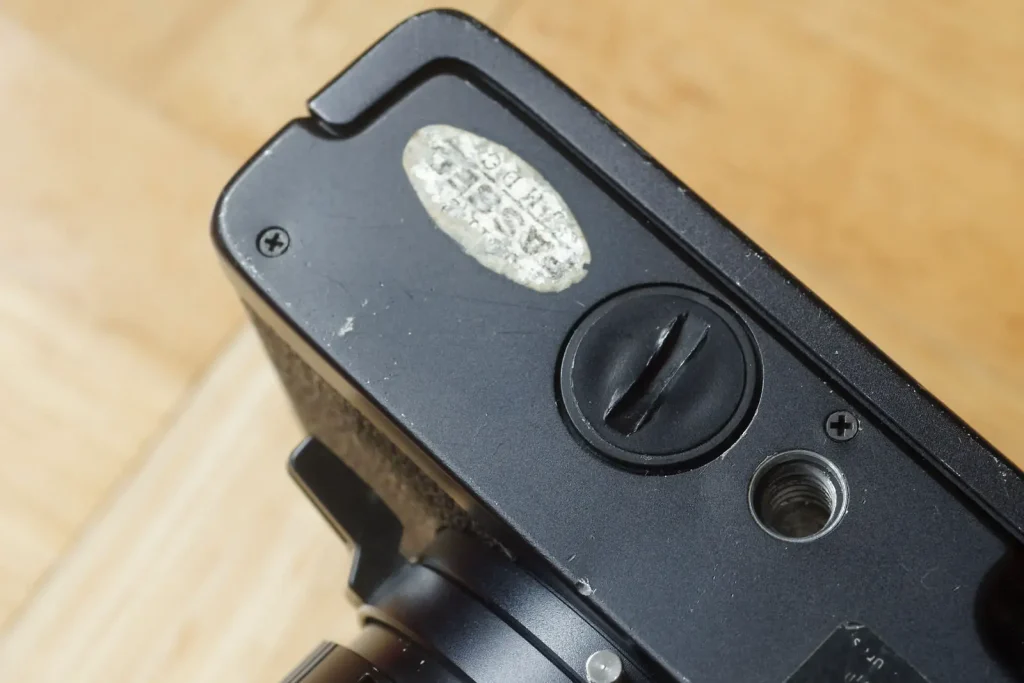
The only other downside of this fast lens camera is that too many people know how good it is. You are unlikely to find a working copy of the Konica Auto S3 / C35 FD at a bargain price.
Fellow travellers
There are a number of other compacts that are often associated with the Konica Auto S3. These are similar in specification and dimensions and share very similar brightlines and metering scales, but the rest of the internals and the lenses are different.
The Minolta Hi-Matic 7sII, Vivitar 35ES and Revue 400SE all appear to have been manufactured by Cosina in the late 1970s. These cameras are almost identical in size to the Auto S3 (a fraction wider, a tad shorter) and feature a 40 mm f/1.7 lens (also 6 elements in 4 groups). The 40 is also highly respected. Specification is almost identical. Taking the top plates off confirms that the Minolta, Vivitar and Revue cameras are the same camera under the skin. The body for all three appears to have been derived from the earlier Minolta HiMatic F.
A look at the internals of the Auto S3 (whose body derives from the C35) confirm that the Konica is a different design.
The Hi-Matic does not have the flashmatic feature of the Konica, Revue or Vivitar cameras, but does allow manual setting of apertures for tricky exposure situations or when using an automatic flash.
It is notable that the release of the Minolta, Vivitar and Revue models in 1978 coincides with the discontinuation of the Auto S3. It is not impossible that the Auto S3 was produced in Cosina’s works to a Konica design, with Cosina using what they had learnt to produce their own similarly specified camera on the same production line afterwards – but this is speculation.
Pictures
Konica Auto S3, Kentmere 400, processed in R09 (1:50)
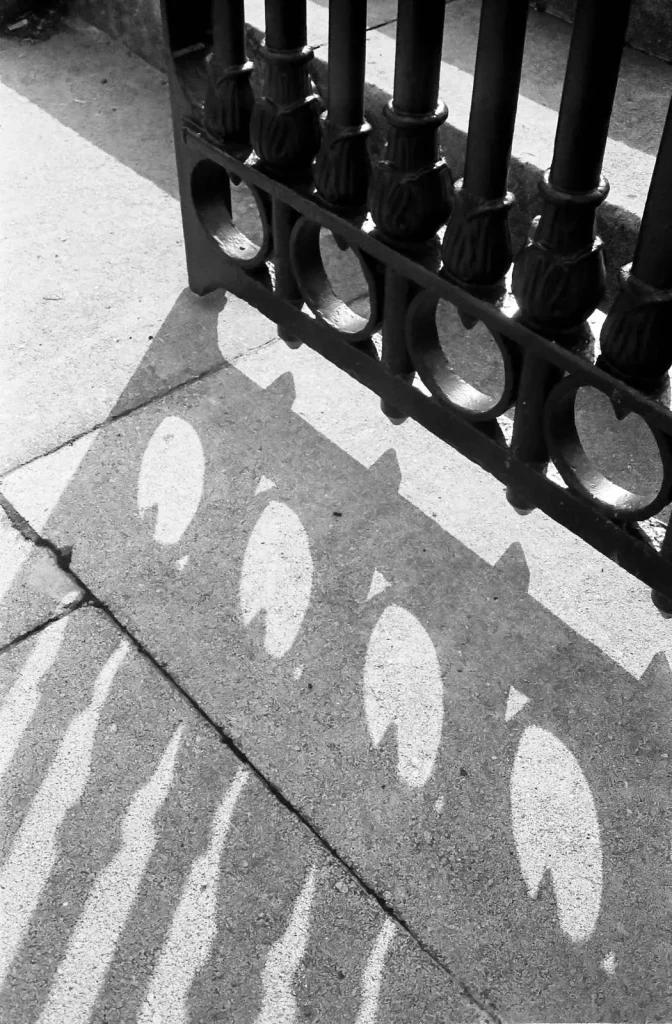
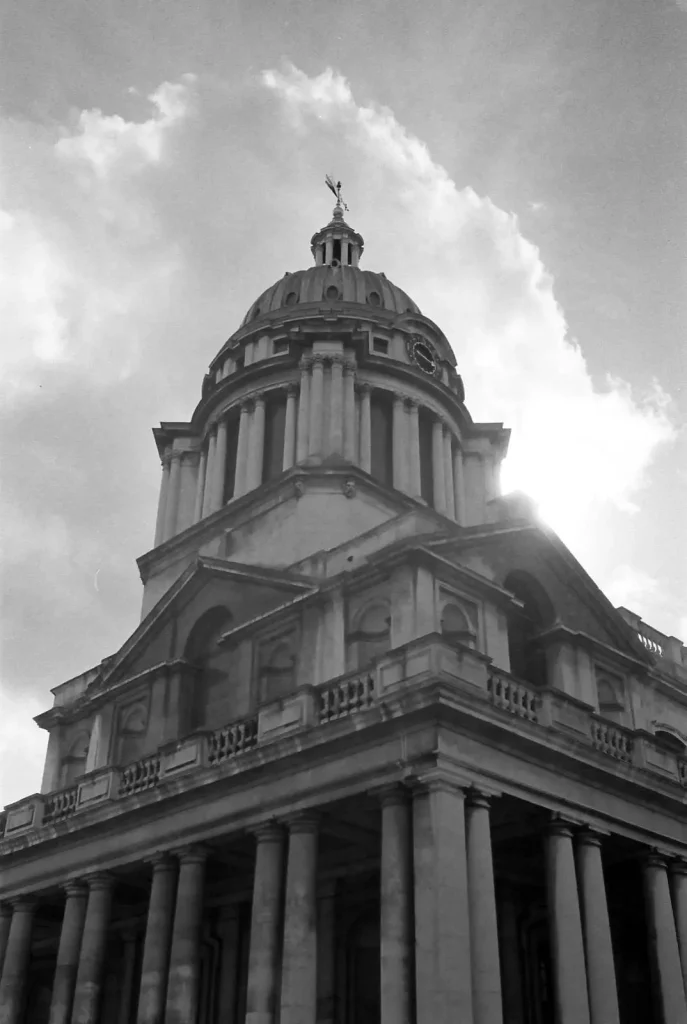
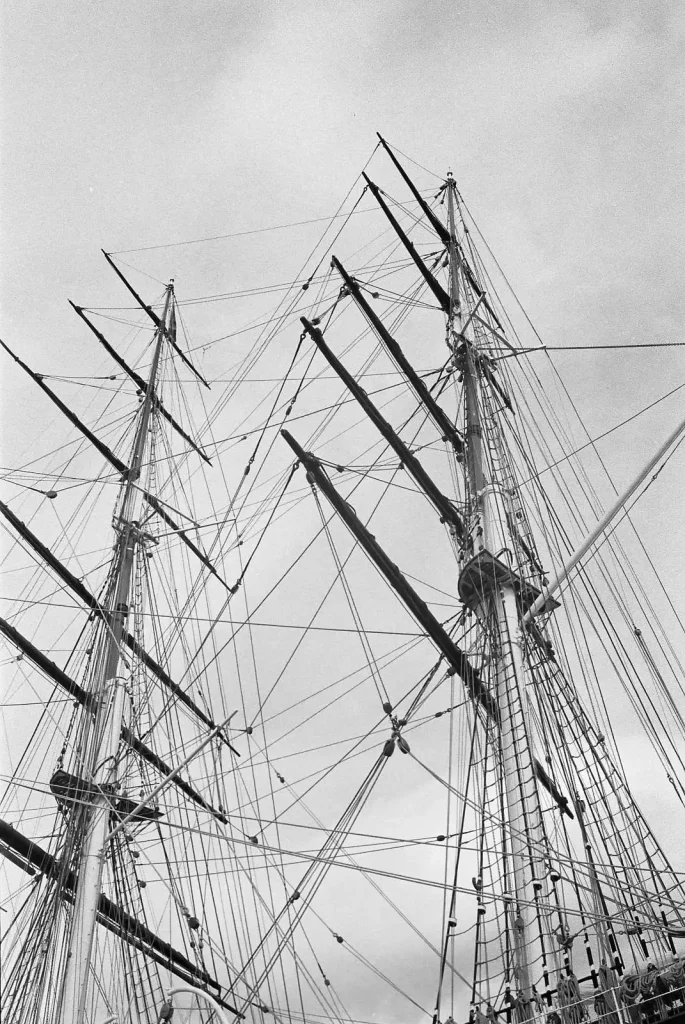
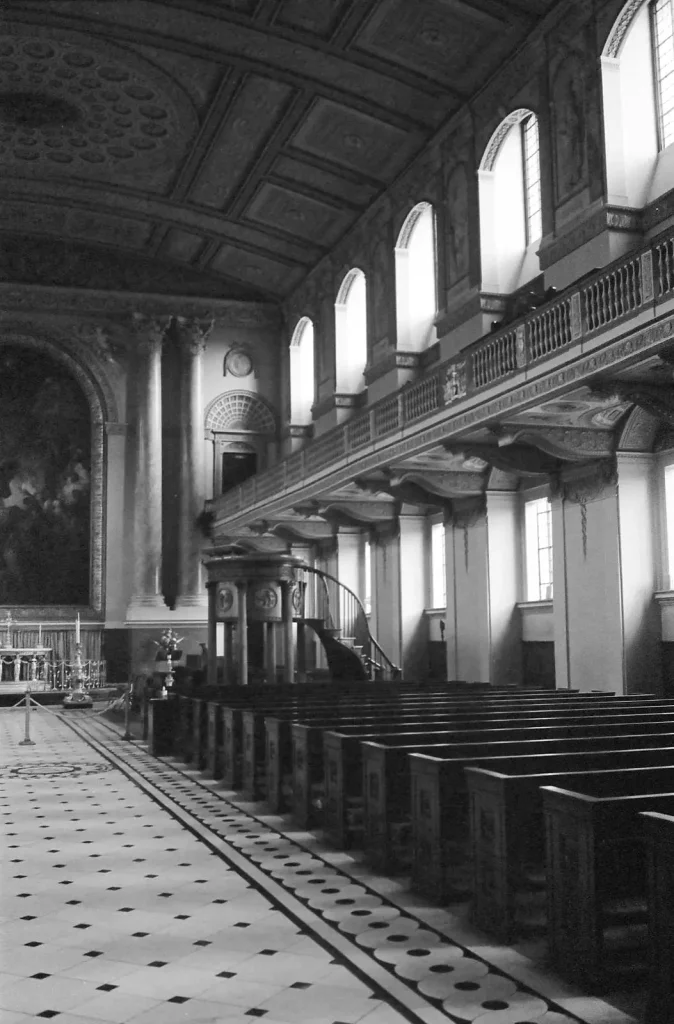
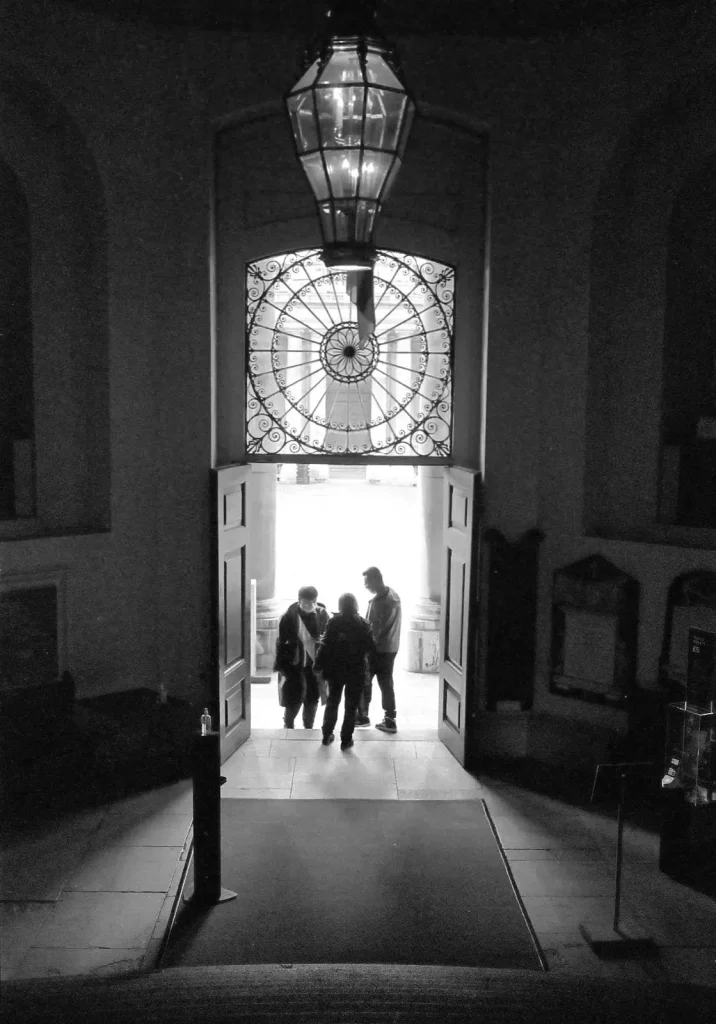
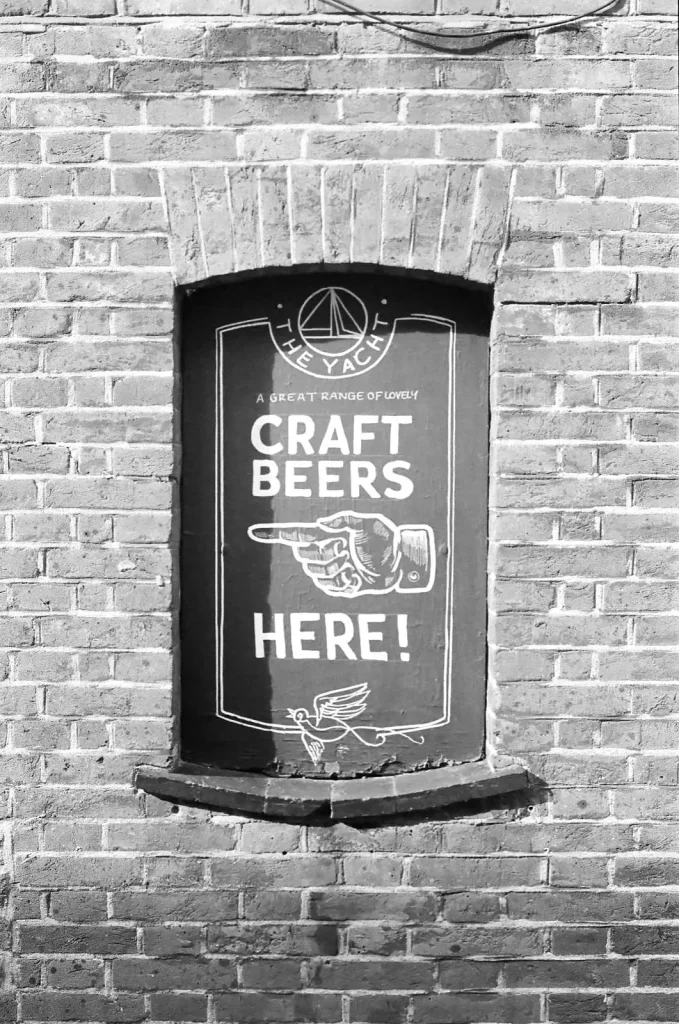
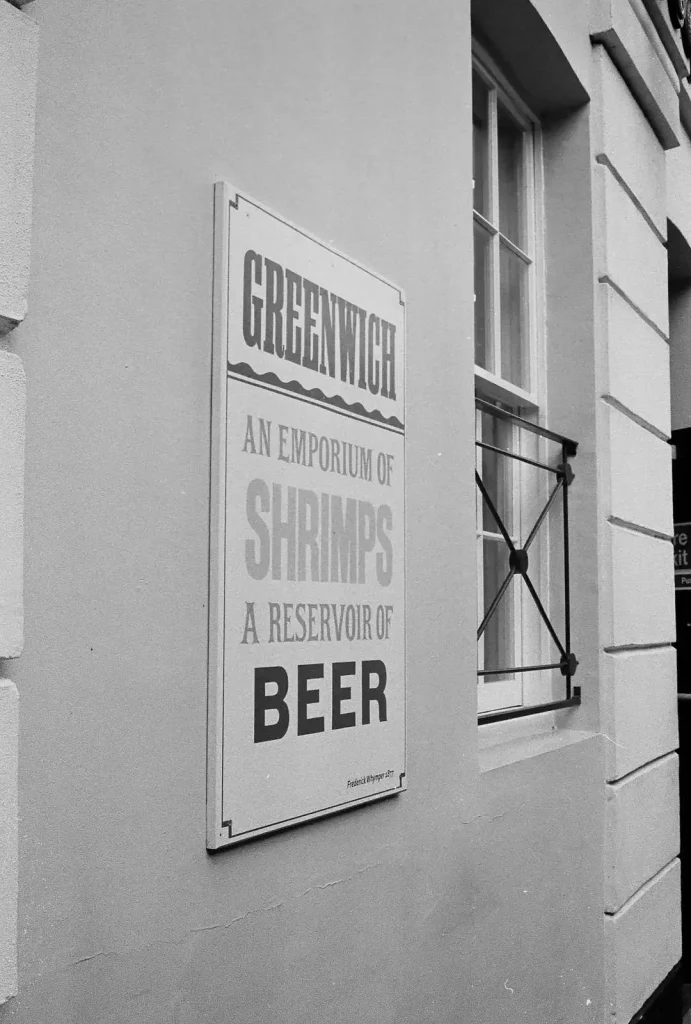
Summary
The body of the Konica Auto S3 is very compact and fits the hand well. Given the spec of fitting in a fast 38mm lens and a 135 film the camera is about as small as it could be – exactly the same height and depth as the Canonet GIII QL17, but 1 cm less in width.
The lens is very good, but then the ones in rivals from Canon, the Olympus and the others are too. The main advantage over the GIII and the Olympus 35 SPn is the lightness of the shutter release, but all are very usable.
Whenever I use the Konica Auto S3 I find myself wondering why I don’t use it more. It wasn’t cheap when I bought it used over 30 years ago, but I’m rather glad I picked it up.
For a similar and slightly more affordable experience, the Konica C35 rangefinder camera is also a lovely little camera, featuring the same focal length on a slightly slower f/2.8 lens with programmed exposure.
Share this post:
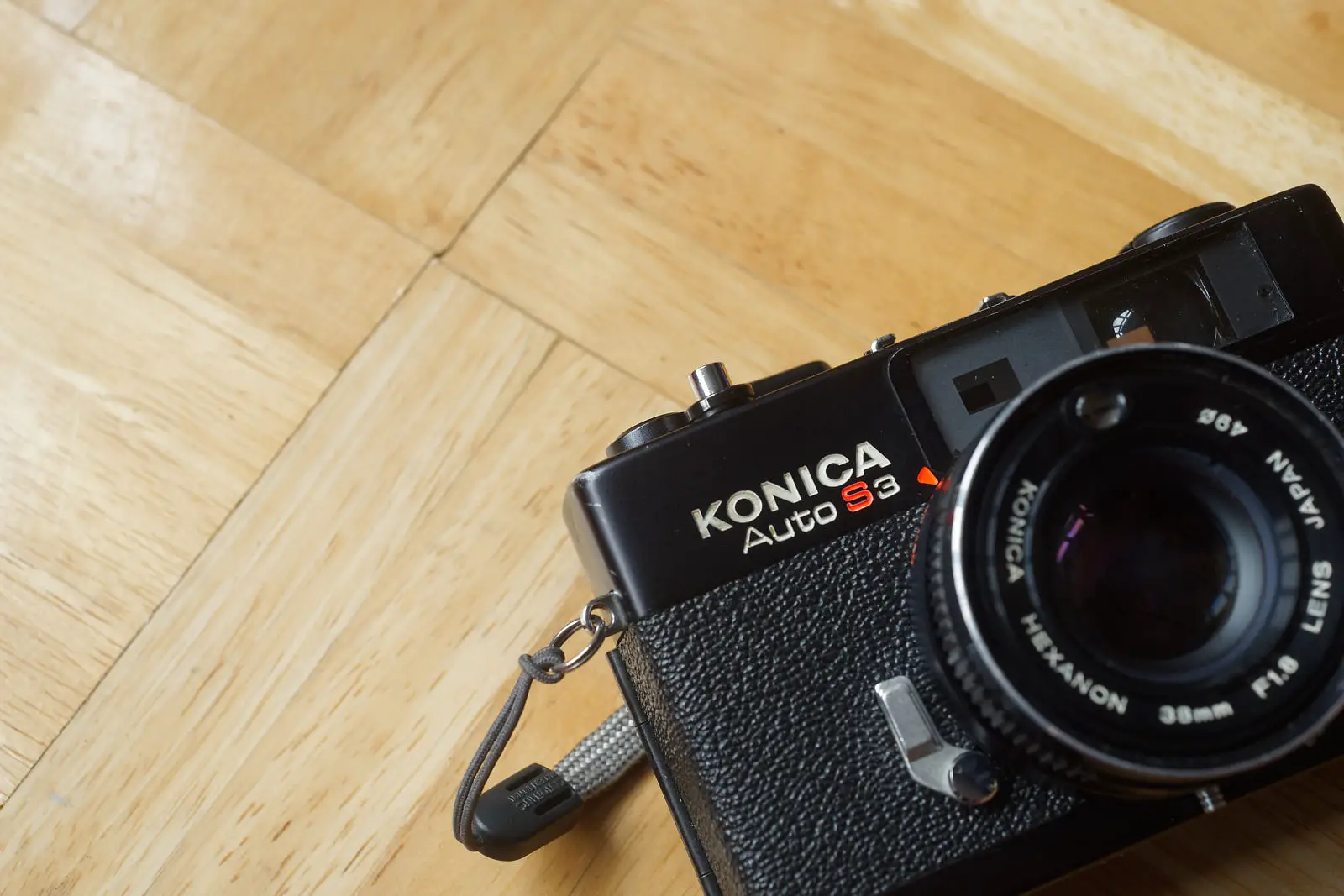








Comments
Helge on Konica Auto S3 – Small and Perfectly Formed – By Bob Janes
Comment posted: 08/11/2021
Which is a good thing since it works as bait and distraction for other better options.
Only thing it has got going vs. other similar rangefinders is size.
But size usability goes in steps. Either *real* small so it’s easy and carefree to carry in a small cover in you pocket.
Talkin Contax T, Minox or Pen EE.
Any bigger and it’s going to just be a distraction and hindrance out and about, so you might as well carry it in a bag or on a strap.
S3 is just that bit to big, but with all the negatives of a smaller camera. IE no manual mode with meter, squinty finder and fiddly controls.
The lens while good, is woefully oversold.
All the hype hinges on the elusive magazine review, that everybody quotes but no one has ever seen.
It’s most likely a Cosina lens. Both in design and make.
The S2 and HiMatic 7 lenses, being ten years older are either superior or every bit as good.
Comment posted: 08/11/2021
Comment posted: 08/11/2021
Comment posted: 08/11/2021
Comment posted: 08/11/2021
Kodachromeguy on Konica Auto S3 – Small and Perfectly Formed – By Bob Janes
Comment posted: 08/11/2021
Comment posted: 08/11/2021
Craig Schroeder on Konica Auto S3 – Small and Perfectly Formed – By Bob Janes
Comment posted: 08/11/2021
Paul Trantow on Konica Auto S3 – Small and Perfectly Formed – By Bob Janes
Comment posted: 08/11/2021
Gil Aeherter on Konica Auto S3 – Small and Perfectly Formed – By Bob Janes
Comment posted: 08/11/2021
Nick on Konica Auto S3 – Small and Perfectly Formed – By Bob Janes
Comment posted: 18/01/2022
Fred Baker on Konica Auto S3 – Small and Perfectly Formed – By Bob Janes
Comment posted: 12/03/2022
Comment posted: 12/03/2022
Comment posted: 12/03/2022
Comment posted: 12/03/2022